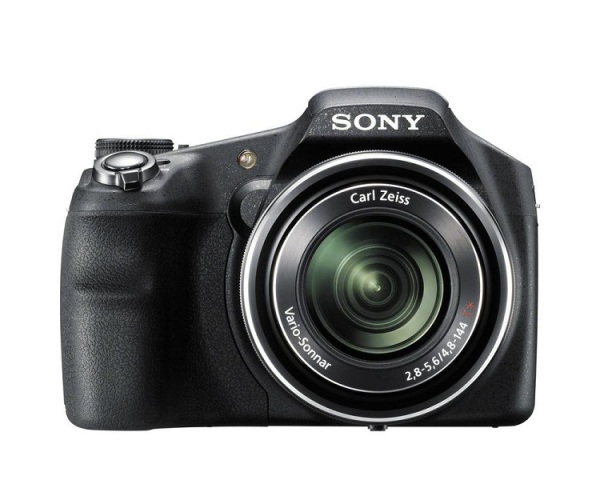Do you want to know how a digital camera works? If yes, then here is some information on the working principles of a digital camera. Explore this piece to learn more.
How Does A Digital Camera Work
You have decided to replace your old camera with the latest digital camera, but have you ever wondered how a digital camera really works? What are the different components of a digital camera that makes a digital camera different from its older film cousins? Well, a digital camera helps you to click pictures of whatever you like and whenever you like, with the image in front of you in a flash! Save the picture if you like it or delete it if you don’t like. The functioning of a digital camera is as simple as that. You don’t have to count and calculate on the films like you used to with older cameras. Digital cameras virtually allow you to take unlimited photographs and store them too. If you are really curious to know the working principle of a digital camera, then here is some quick information for you. Read the following sections to know more.

Working Of A Digital Camera
The Basics
The basic technology of converting analog information to digital information is used as the underlying mechanism of a digital camera. Images are taken in electronic format by a digital camera which is then converted to a binary format. The smallest unit of an image is called a “pixel” which consists of 1’s and 0’s. An image is composed of such a string of 1’s and 0’s. In a digital camera there are some silicone chips containing light sensitive sensors. These sensors gather light that comes into the camera through the aperture and then convert the data into electrical impulses. These impulses are nothing but information about the images. The light is converted to electrons by these sensors and each light sensitive spot on the sensor determines the brightness of the image. Best digital cameras have three separate sensors - red, yellow, and blue. These three colors are combined in different ways to form a full color picture.
Photo Storage
Digital cameras have an internal memory chip that is used to store images. Internal memory chips can be supplemented by a removable memory chip for extended storage space. The memory chip stores the digital information about an image that has been collected within the camera. The bigger the size of the image, the more storage space within the chip is required.
Resolutions
Each digital camera has its particular resolution that determines the amount of detail it can capture. The resolution of a digital camera can vary from as low as 256 x 265 to 4064 x 2704 pixels. If the resolution of the camera is high, the depth, clarity and minute details of the picture will be better.
Exposure
Exposure of the aperture determines how much light will reach the sensor. Exposure is the duration of which the shutter remains open allowing the light to enter through the aperture. Shutter speed or exposure can be controlled manually or can be automatic. The higher the shutter speed, the lesser the light that will reach the sensor, and vice versa. To take a picture in bright light, exposure should be less as more light will blur the image. While shooting in the dark, exposure should be more in order to allow more light to reach the sensors.
Focus
The lenses of the camera control the way the light is directed towards the sensor. By using a combination of lenses, distant images can be magnified for a better picture. Focusing helps an image to have better clarity.
See also
- Computers | Gaming Devices | HTC Mobiles | How To Do | Internet | Ipods & MP3 Players | LG | Laptops | Mobile Phones | Motorola Mobiles
More from iloveindia.com
- Home Remedies | Ayurveda | Vastu | Yoga | Feng Shui | Tattoos | Fitness | Garden | Nutrition | Parenting | Bikes | Cars | Baby Care | Indian Weddings | Festivals | Party ideas | Horoscope 2015 | Pets | Finance | Figures of Speech | Hotels in India : Delhi | Hyderabad | Chennai | Mumbai | Kolkata | Bangalore | Ahmedabad | Jaipur
- Contact Us Careers Disclaimer Privacy Policy Advertise With Us Lifestyle Sitemap Copyright iloveindia.com. All Rights Reserved.



